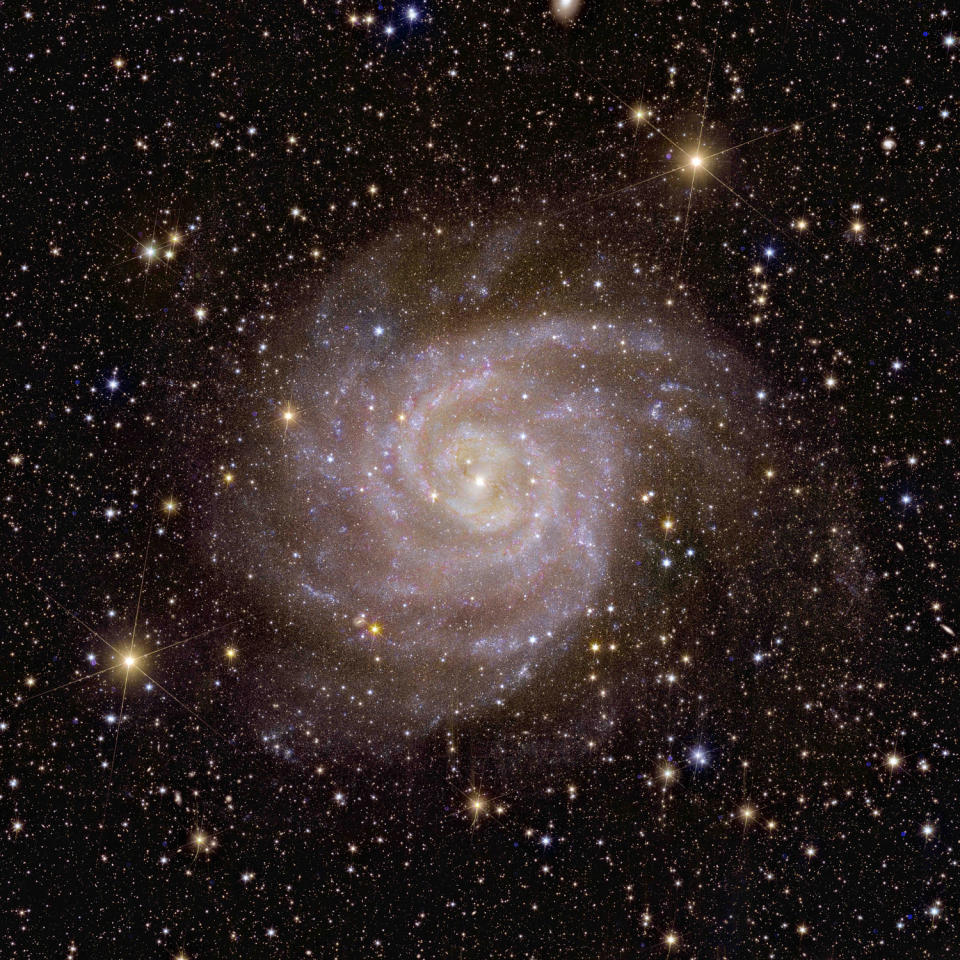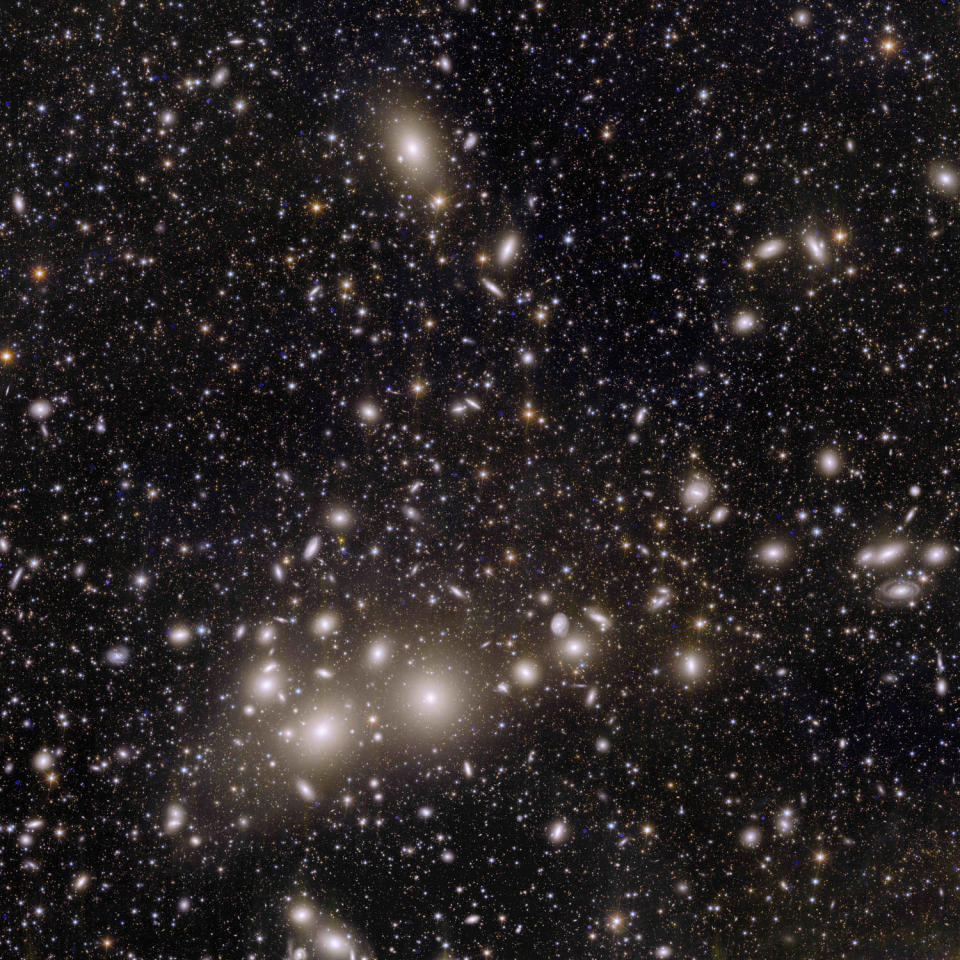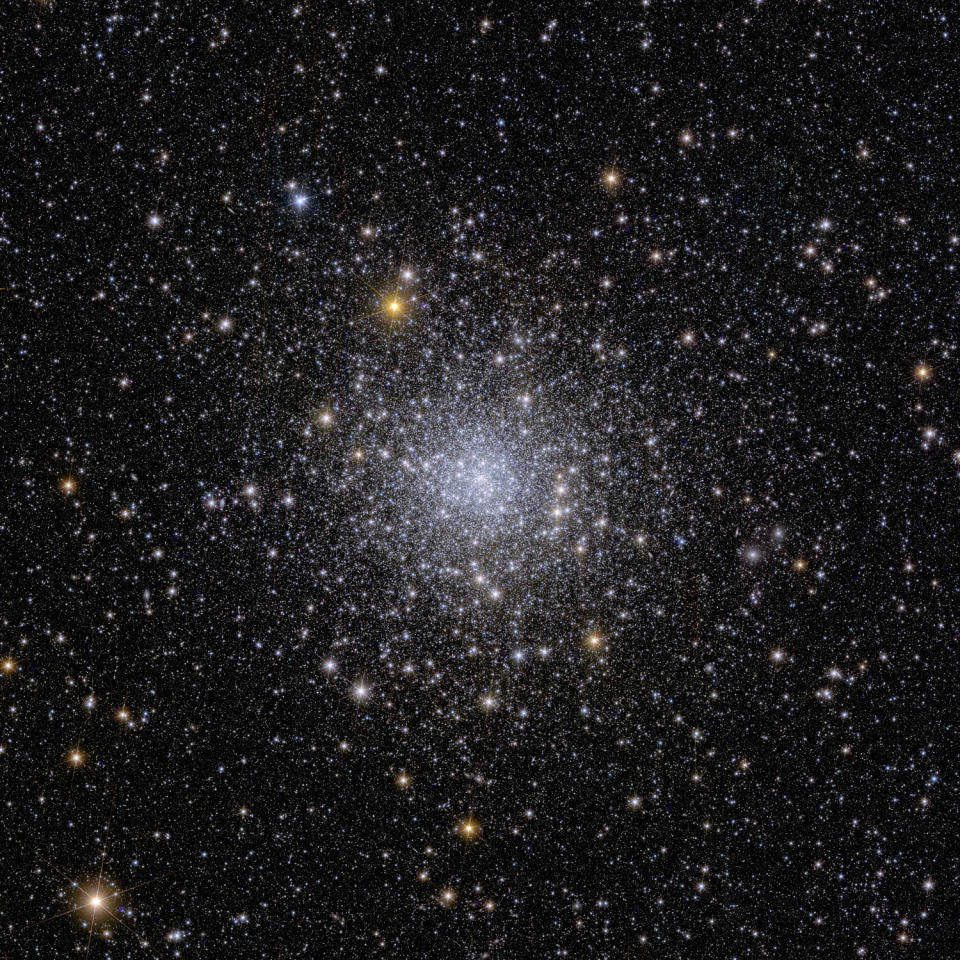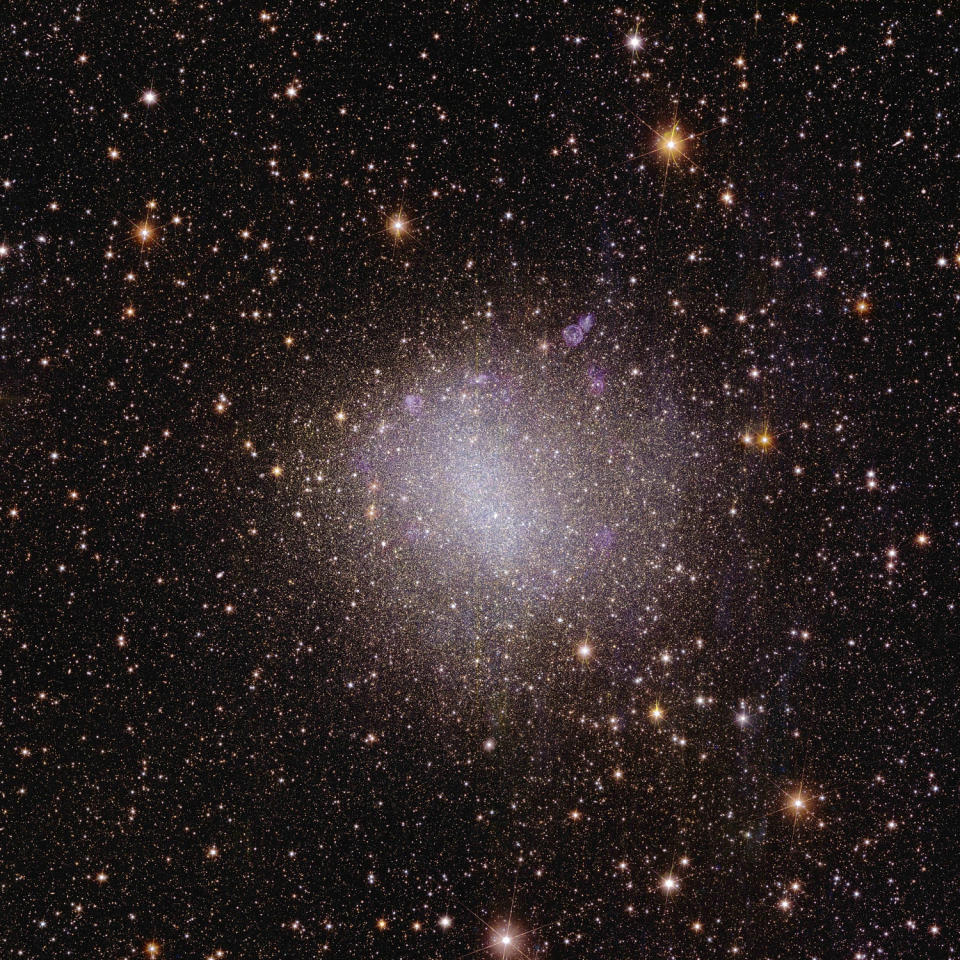Euclid telescope's first images offer full-color look at the cosmos
The spectacular first images from a dark matter-hunting telescope were unveiled Tuesday, showcasing bustling galaxies, clusters of ancient stars and wispy, dreamlike stellar nurseries.
The images, from the European Space Agency's Euclid telescope that launched into space in July, were released to great fanfare. The dramatic views are a tantalizing first glimpse of what the dark universe-mapping telescope could yield over the course of its six-year mission.
One of the most eye-catching of the newly released images is an ethereal look at the Horsehead Nebula, which forms part of the constellation Orion. This cold, dark cloud of gas is an active star-forming region and is known for its distinct equine shape that appears like an eerie apparition against a glowing cosmic background.
The Horsehead Nebula, also known as Barnard 33, is located approximately 1,375 light-years away and is the closest giant star-forming region to Earth, according to the space agency.
The Euclid telescope also spotted a spiral galaxy known as IC 342 that is sometimes nicknamed the “Hidden Galaxy.” This system is often challenging to observe directly because the veil of stars, gas and dust around our own Milky Way tends to obscure it from view.

Euclid’s sensitive near-infrared instruments are able to pierce through thick layers of dust in space, offering new views of the spiral galaxy.
The telescope was designed to create a 3D map of billions of galaxies and other structures in the universe across space and time. The mission aims to peer back as far as 10 billion years into the universe’s history.
The telescope’s goal is to grasp the elusive nature of dark matter and dark energy — the invisible “stuff” that are thought to make up 95% of the universe. Understanding how dark matter and dark energy work have been some of the most long-standing challenges in modern astronomy.
In its first batch of full-color images, the Euclid telescope captured a cosmic portrait that officials at the space agency called “a revolution for astronomy.” The image shows roughly 1,000 galaxies that form the Perseus Cluster, along with more than 100,000 other galaxies further away that each contain up to hundreds of billions of stars.

Astronomers at the space agency said many of these faint galaxies were previously undetected, adding that some are so distant that it has taken 10 billion years for their light to reach Earth.
The Perseus Cluster is located 240 million light-years away from Earth and is one of the most massive structures in the universe, according to NASA. It contains thousands of galaxies embedded in a vast cloud of superheated gas.
The Euclid telescope spied a globular cluster — a huge collection of hundreds of thousands of stars bound together by gravity — located approximately 7,800 light-years away from Earth. Known as NGC 6397, the cluster orbits in the bustling disk of material that surrounds the center of the Milky Way.

Astronomers have said that globular clusters are some of the oldest objects in the universe, and thus could offer insights into how their host galaxies formed and evolved.

Rounding out the newly released batch of cosmic eye candy was an image of a small and irregular galaxy called NGC 6822 that lies 1.6 million light-years away from Earth. These so-called dwarf galaxies are thought to be building blocks of bigger galaxies, and scientists think similarly irregular and small structures likely existed in the early universe.
This article was originally published on NBCNews.com

